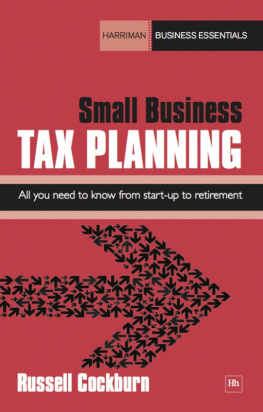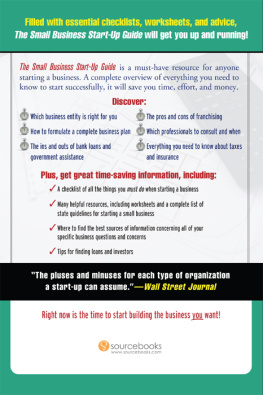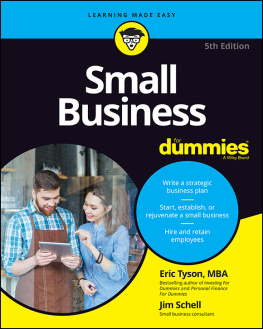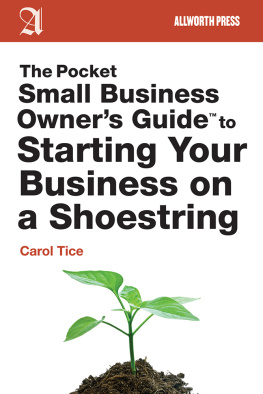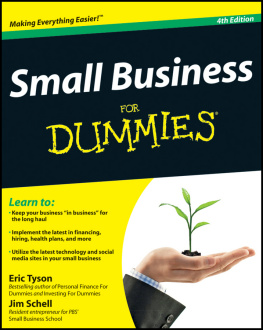Russell Cockburn - Small Business Tax Planning: All you need to know from start-up to retirement
Here you can read online Russell Cockburn - Small Business Tax Planning: All you need to know from start-up to retirement full text of the book (entire story) in english for free. Download pdf and epub, get meaning, cover and reviews about this ebook. year: 2012, publisher: Harriman House, genre: Business. Description of the work, (preface) as well as reviews are available. Best literature library LitArk.com created for fans of good reading and offers a wide selection of genres:
Romance novel
Science fiction
Adventure
Detective
Science
History
Home and family
Prose
Art
Politics
Computer
Non-fiction
Religion
Business
Children
Humor
Choose a favorite category and find really read worthwhile books. Enjoy immersion in the world of imagination, feel the emotions of the characters or learn something new for yourself, make an fascinating discovery.
- Book:Small Business Tax Planning: All you need to know from start-up to retirement
- Author:
- Publisher:Harriman House
- Genre:
- Year:2012
- Rating:4 / 5
- Favourites:Add to favourites
- Your mark:
Small Business Tax Planning: All you need to know from start-up to retirement: summary, description and annotation
We offer to read an annotation, description, summary or preface (depends on what the author of the book "Small Business Tax Planning: All you need to know from start-up to retirement" wrote himself). If you haven't found the necessary information about the book — write in the comments, we will try to find it.
Effective planning of your tax affairs to help your business save money Every profitable business in the UK has to pay tax, but some small businesses pay more tax than is necessary. This book examines the tax liabilities that the owners or managers of small businesses need to bear in mind and explains how to manage these tax requirements in the best possible way so as to avoid paying more tax than you have to. Uniquely, this guide traces how tax should be dealt with throughout the life-cycle of a business, from start-up to the time it is sold, wound up, or passed on, so that whatever stage your business is at this book will be valuable for you. Areas that are covered include: - What business structure you should choose when starting out: self-employed sole trader, partnership or limited company. - How to register your business and when to start paying tax. - When tax inspections might arise and how to deal with them. - How to manage business expenses effectively and make use of relevant tax benefits. - How to withdraw from a business and pass it on, or how to go about selling it. Guidance about tax is spread over many different locations; on the internet, in booklets provided by HMRC, and in magazines and annual publications. Russell Cockburn brings the information together in this simple and incisive summary enabling you to approach your tax affairs as efficiently as possible.
Russell Cockburn: author's other books
Who wrote Small Business Tax Planning: All you need to know from start-up to retirement? Find out the surname, the name of the author of the book and a list of all author's works by series.

